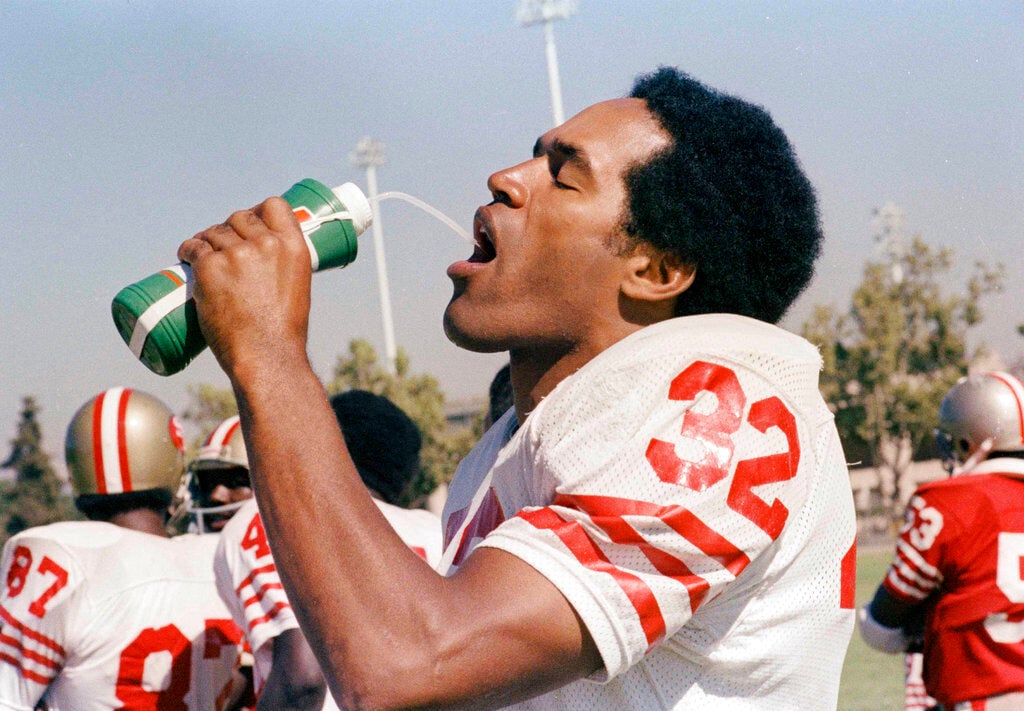Becher’s Brook: Why fence six has ended the hopes of so many Grand National hopefuls
The word ‘brook’ probably conjures quite idyllic imagery in the minds of many. Perhaps the thought of a small stream trickling down a sun-kissed hillside, or a gently running waterway through a peaceful forest. Yes, a brook is a nice place to stop and watch the world go by, or to munch on a sandwich whilst on a long hike.
For horse racing fans, the word ‘brook’ holds rather different connotations. Think jockeys being hurled to the ground by spooked horses, the crunching of hooves, turf being flung in all directions around a bristly fence that has proved the undoing of so many prized thoroughbreds over the years.
We are, of course, talking about Becher’s Brook, the infamous sixth fence in the Grand National. The race is among the most prestigious sporting events in the world, and as its most dangerous obstacle, Becher’s Brook presents something of a fear factor each year. Those who venture to Aintree for the showpiece race know that they will have to navigate this tricky jump, located on a bend, with a water-filled ditch located immediately on the other side.
As the 2022 Grand National approaches, and fans of the sport begin to size up the horse racing odds, let’s take a look at the history of this unique fence, and the reasons why Becher’s Brook is such an iconic part of this famous sporting occasion.
Origins
The fence’s name comes from Captain Martin Becher, who famously fell at the sixth jump in the first official running of the Grand National in 1839. Becher is a prominent figure in the history of the race, and much of the early origins of the Grand National is owed to Becher’s ideas and inspiration. It is said that Becher and his friend William Lynn pondered the idea of a ‘Great Chase of the North’, which eventually blossomed into the Grand National that we know and love today.
The reason the fence is named Becher’s Brook is because, after falling there in 1839, Becher rolled himself into the ditch behind the fence to keep out of the way of other horse that were clearing the jump. The name has stuck ever since, and it’s fitting that the man who played such a big part in the creation of the Grand National should have his name on its most challenging obstacle.
Impact
Ever since those early days of the Grand National, Becher’s Brook has wreaked havoc year after year, to the point where numerous complaints have been raised against the jump. Changes have been made over the years to make it safer, and it’s certainly fair to say that things have improved in recent years, with no horses falling at the sixth in the last two editions of the Grand National.
That’s good news for horse welfare, in that it seems like the balance has been struck between making Becher’s Brook as challenging as possible but without overly endangering horses and jockeys.
It hasn’t always been this way though, and we’ve seen countless Grand Nationals decided by what happens over Becher’s Brook. It is a great test of the jockeys on board the different horses, although it’s certainly gone wrong on a number of occasions. For instance, the 1999 edition of the race saw seven horses fall at the sixth, and on occasion the fence has only been jumped once during the race as opposed to twice, based on the conditions or past events.
Future
With no falls or unseated riders over Becher’s Brook in the last two Grand Nationals, there are some who think the fence has been made too easy, and that it no longer represents the great challenge that it once was. Perhaps in the future we will see additions made to the fence that ensure it’s safety, but still make it an interesting obstacle for horses and jockeys.
Becher’s Brook will remain the Grand National’s most famous fence forever, regardless of its perceived difficulty, and there’s no doubt that it will be talked about before every edition of the race in the future.
As the 2022 Aintree showpiece fast approaches, it’s worth paying close attention to Becher’s Brook and marvelling at the history surrounding that one piece of foliage, mud and water.



